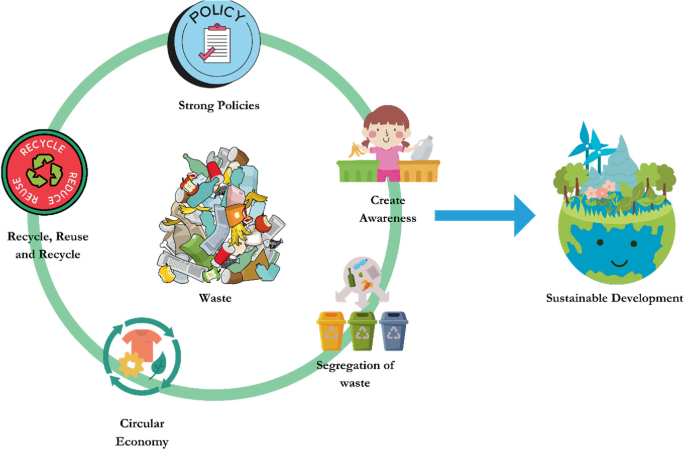Get This Report about Reclaim Waste
Get This Report about Reclaim Waste
Blog Article
Not known Facts About Reclaim Waste
Table of ContentsThe 2-Minute Rule for Reclaim WasteIndicators on Reclaim Waste You Should KnowSome Known Incorrect Statements About Reclaim Waste The Greatest Guide To Reclaim WasteThe Greatest Guide To Reclaim WasteThe Ultimate Guide To Reclaim Waste
With correct fluid waste monitoring, companies can reduce energy-intensive therapy procedures and disposal prices. By adhering to a system for handling liquid waste, business can prevent costly penalties and charges and stay clear of negative promotion.Stay in advance of policies and preserve a secure work environment with a digitized compliance device. Categorizing liquid waste is crucial for efficient storage, treatment, and disposal. Environmental, Wellness, and Security (EHS) groups, waste monitoring officers, and compliance managers can handle these wastes safely and effectively when they understand the fundamentals: Created from houses, this kind of liquid waste originates from commodes, sinks, showers, and washing devices.
(https://sketchfab.com/reclaimwaste1)Collect representative samples from different factors within the waste stream to ensure precision. Conduct periodic screening to track any type of modifications in the structure. Keep comprehensive documents of characterization for future reference and conformity objectives. Liquid waste, specifically hazardous ones, positions substantial risks throughout this step. Proper procedures reduce spills, leaks, and other mishaps that can damage the workers and the general public.
The Basic Principles Of Reclaim Waste
Set apart the waste based on its type (e.g., unsafe or non-hazardous) to make certain ideal handling. Store waste in secure and watertight containers to stop spills throughout collection. Label the containers suitably, including the kind of waste, prospective hazards, and handling directions. Load the protected bins right into transportation automobiles with vacuum trucks or mobile tanks.
is called for when the effluent will be reused or released right into community swimming pools. Sanitation (e.g., chlorination, ultraviolet light, ozonation) and nutrient removal (e.g., denitrification and phosphorus obliteration) are recommended under rigid regulations. This stage in the procedure is strictly regulated since it is when most risks happen. Countless companies broke a number of fluid waste disposal guidelines in current years.
After selecting the very best type of treatment technique for liquid waste, companies must locate methods to throw away this properly. Below are some effective methods of fluid waste management: receive most treated liquid waste that fulfills discharge requirements. refers to utilizing treated wastewater in farming lands for watering as long as the effluent satisfies sanitary levels per guidelines.
The Ultimate Guide To Reclaim Waste
Shallow containers include fluid waste that is permitted to vaporize through all-natural procedures. This type of disposal is subject to rigorous environmental regulations due to possibly unsafe exhausts.
The findings must be documented, assessed, and saved not simply for submission to governing authorities but also for making renovations in the future. Usage reliable devices, approaches, and software application options to ensure exact and consistent data collection. Keep upgraded on appropriate environmental regulations and industry requirements. Share details with appropriate stakeholders (e.g., employees, regulatory federal government firms, and neighboring neighborhoods) to preserve openness and accountability.
6 Simple Techniques For Reclaim Waste
No matter of the business size or industry, there are various obstacles related to this task. Understanding these can aid them successfully manage their operations and lessen their ecological impact. makes it difficult to deal with and throw away fluid waste securely. Business that can't purchase centers should think about working together with the public industry for far better solutions.
Fluid waste refers to any kind of material in a fluid state that is surplus, undesirable, or disposed of. One considerable difficulty for companies is the lack of ideal storage space centers for liquid waste. Partnering with fluid waste services will greatly decrease this challenge Criterion skip find out bins and other containers that are commonly utilized for strong waste are frequently inadequate for the unique demands of taking care of liquid materials.
How Reclaim Waste can Save You Time, Stress, and Money.
This blog explores the characteristics of liquid waste, reviewing just how spills and contamination events can be handled properly. It also explores the steps companies can take to avoid future leaks and what to do when spills undoubtedly take place. Liquid waste contains any type of unwanted or surplus material that exists in a fluid form and is established for disposal.
This kind of waste arises when an item is no much longer required, similar to any kind of various other kind of garbage. Sometimes, this suggests merely tossing it away, which can occur as an outcome of creating greater than required. However responsible management through appropriately getting rid of is a must. It is important to engage trained fluid waste monitoring professionals when moving or getting rid of liquid waste.

An Unbiased View of Reclaim Waste
The Epa specifies the "material needs to pass with a 0.45-micron filter at a stress differential of 75 psi" in order to be specified as a liquid. What is essential to note here is that the more strong a product is, the less most likely it is to be fluid. It's feasible to separate between 2 sorts of fluid waste: organic and inorganic. Both have their distinctions.
Both services and people can considerably profit from comprehending appropriate trash disposal procedures with nine best methods in waste management. These approaches are aligned with the well-known waste hierarchy.

Report this page